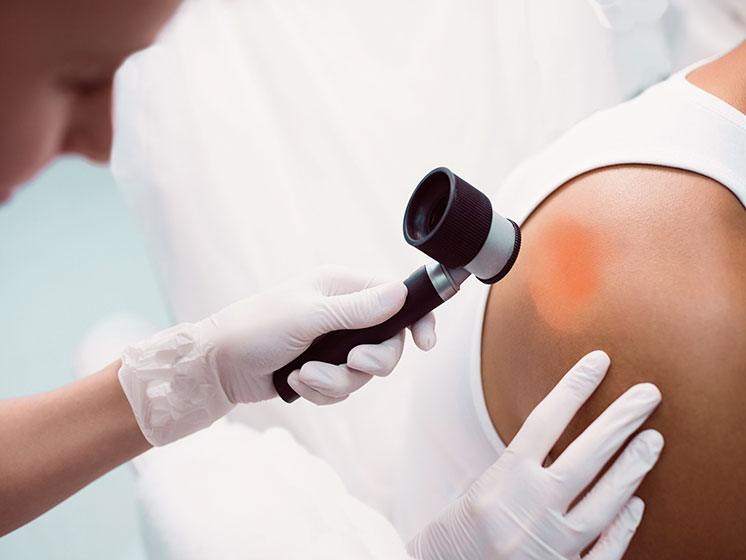Look into a certified mohs surgery expert for precise and effective skin cancer removal.
Look into a certified mohs surgery expert for precise and effective skin cancer removal.
Blog Article
Navigating Skin Cancer Treatment: The Crucial Role of Mohs in Modern Dermatology Practices
Skin cancer, a daunting diagnosis, usually leaves clients grappling with countless treatment options. As we discover the ins and outs of this procedure, one will certainly value its critical function in skin cancer treatment.
Understanding Skin Cancer: Kinds and Dangers
Skin cancer, a possibly dangerous ailment, is much more common than numerous individuals realize. This disease, triggered by the uncontrolled growth of uncommon skin cells, largely arises from DNA damage as a result of exposure to the sunlight and ultraviolet (UV) light. There are 3 major types of skin cancer cells: Basal cell carcinoma, Squamous cell carcinoma, and Melanoma. While the previous two are less deadly and make up most of identified situations, cancer malignancy is one of the most hazardous. It represents only concerning 1% of skin cancer cases but creates the substantial bulk of skin cancer cells fatalities - hair loss. Danger factors consist of reasonable skin, history of sunburn, too much sun direct exposure, living at high altitudes or close to the equator, having numerous moles, a household background of skin cancer cells, and weakened body immune system.
What Is Mohs Surgical procedure and Exactly How It's Reinventing Skin Cancer Cells Treatment
Despite the many treatments presently offered for skin cancer cells, Mohs surgery stands out as a groundbreaking and very effective service. Called after Frederic E. Mohs, the physician who established the treatment, Mohs surgical procedure is an exact medical method utilized to treat skin cancer. This degree of precision, integrated with the capability to spare as much healthy and balanced tissue as feasible, is reinventing skin cancer therapy.
The Benefits of Mohs Surgery Over Traditional Skin Cancer Therapies
Structure on the ingenious nature of Mohs surgical procedure, it's crucial to consider its numerous benefits over conventional skin cancer therapies. Unlike guidelines, Mohs supplies a higher remedy rate, typically getting to 99% for novice therapies and 94% for frequent cancers cells. This accuracy is because of its distinct technique of gradually eliminating and examining tissue layers till just cancer-free cells remain (skin cancer). Additionally, it minimizes damage to healthy skin, leading to much less scarring and improved cosmetic end results. Mohs additionally offers instant results, getting rid of the anxiety-ridden wait common with other techniques. Last but not least, it's cost-effective, as the surgical treatment and tiny examination take place concurrently, eliminating read the article the demand for additional lab solutions. Therefore, Mohs represents a substantial development in dermatological practices.
The Treatment of Mohs Surgical Treatment: What to Expect Throughout the Refine

Possible Side Results and Post-Operative Care of Mohs Surgical Procedure
Undergoing Mohs surgery, like any type of various other procedure, includes potential side effects that individuals must understand. Typical negative effects consist of discomfort, wounding, and swelling at the surgical treatment site. However, these are normally temporary and workable with non-prescription pain medicine and ice packs. In uncommon situations, people may experience infection, blood loss, or an allergy to the anesthetic. Post-operative care is important to healing and reducing side effects. This generally involves maintaining the injury clean and completely dry, taking prescribed drugs, and try this out avoiding exhausting tasks. Patients must also attend all follow-up consultations for injury care and surveillance. In many cases, added treatments might be necessary to make sure full elimination of the cancerous cells. Sticking to these post-operative care standards can considerably enhance recuperation and outcomes.
Conclusion

Report this page